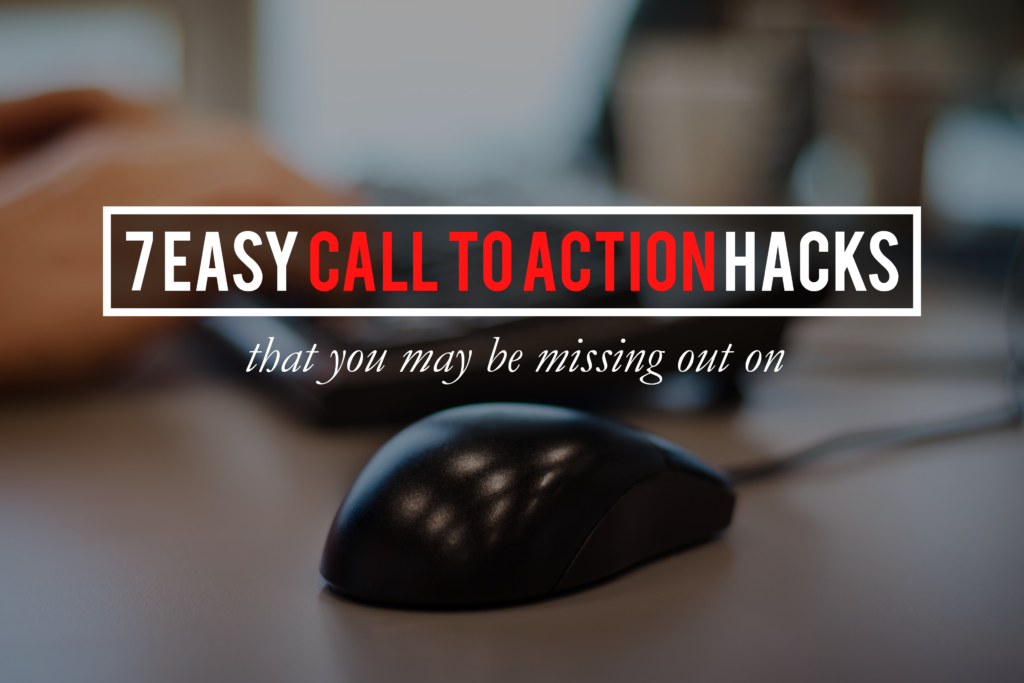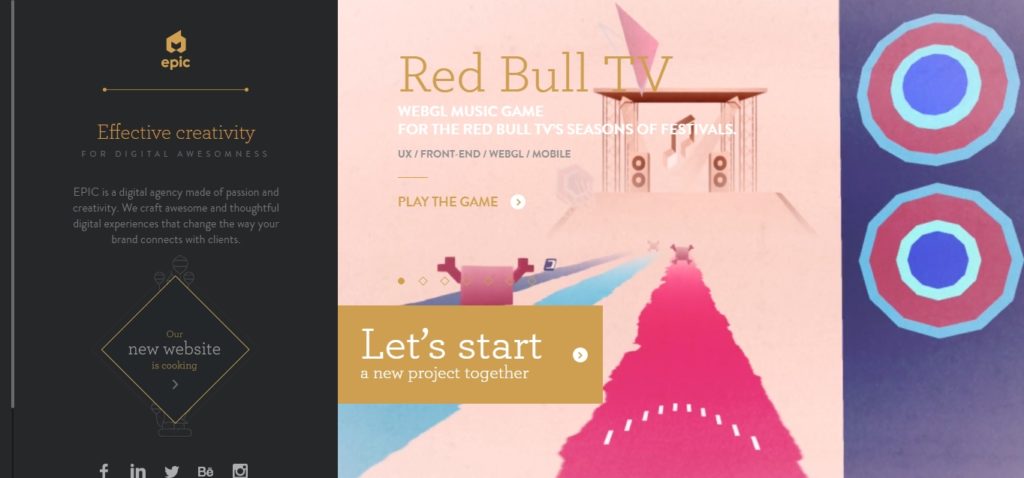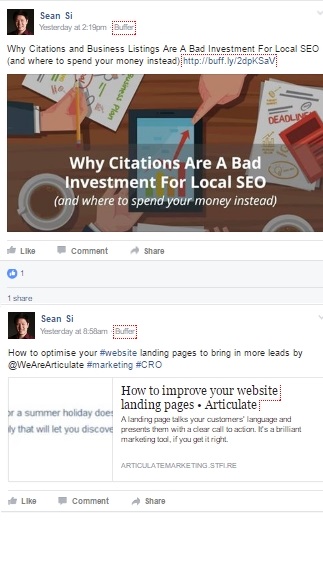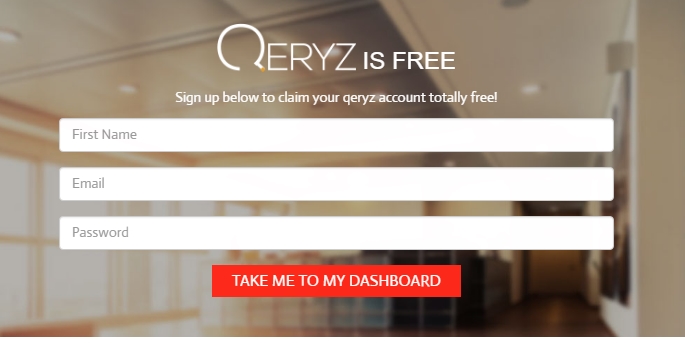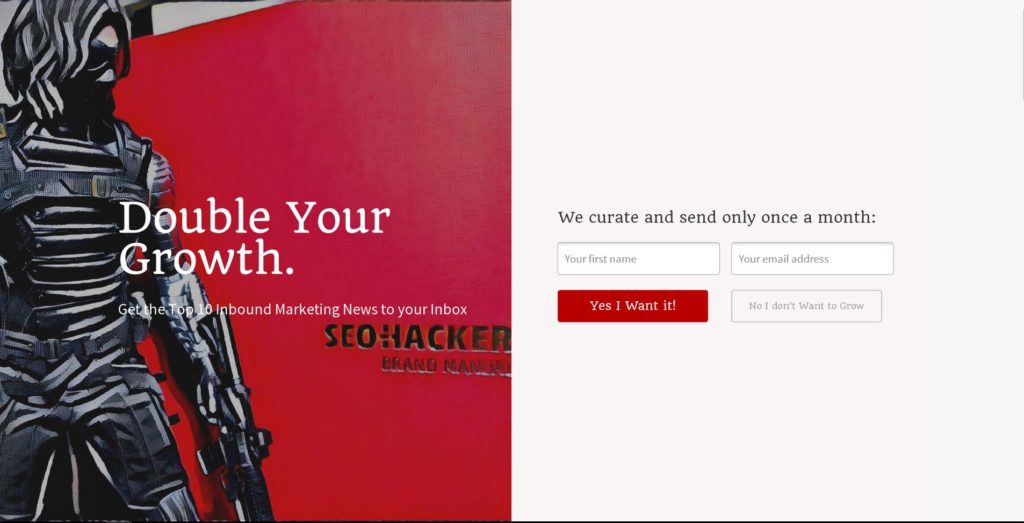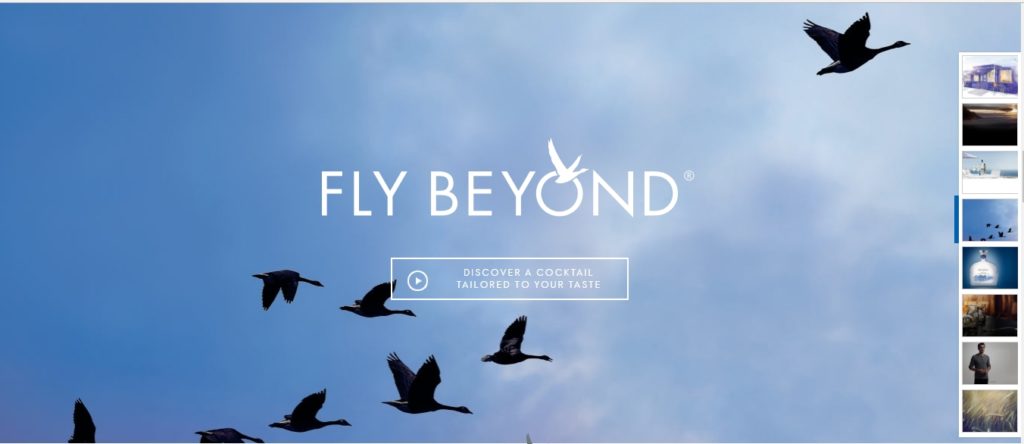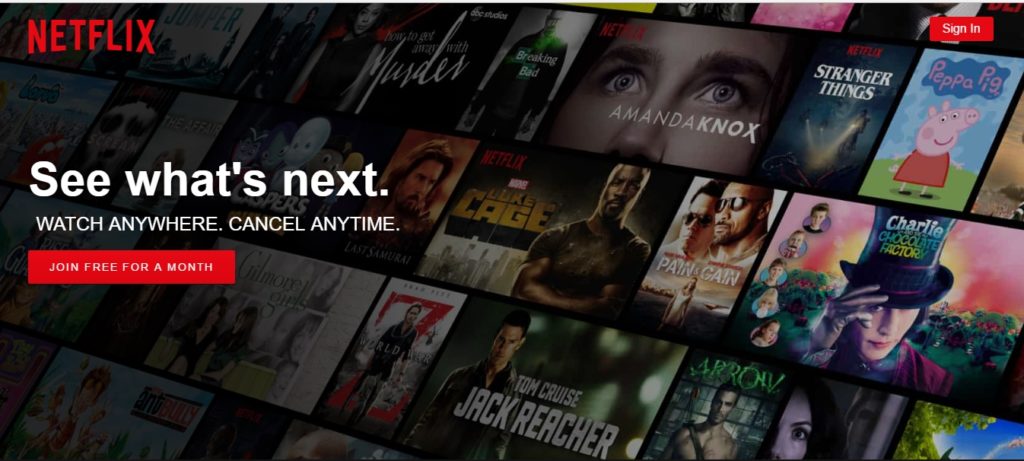7 Easy, Call to Action Hacks that You may Be Missing Out On
One of the most troubling things about content creation is knowing that people see your stuff but they’re not just receiving the clicks that you think they deserve. You think that you’ve done everything in your power to boost or optimize your post by emphasizing your content’s title by strategically using fonts, “forcing” people to see them by placing them where people can see them and by making your forms simpler.
You’re definitely doing something right but at the end of the day simply doing those things is not enough for you to convince people to buy into your content; like we’ve discussed many times in the past, content creation is just 50% of the battle. Naturally, the next big step is getting people to click on them therefore accomplishing your call to action.
Speaking of call to action, what many people don’t realize is that while your content is indeed worthy of reading, if it has a poorly written headline then your efforts are moot. It is precisely because of your headlines that people are not reading your content because while you may be doing your best to write your content, there is actually a correct, scientific way of crafting your headlines.
The thing about people and headlines is that people are almost unforgiving with regards to how they view headlines. This is because people have limited time and resources to invest in an article or content that they don’t find interesting. One of the most important traits an SEO specialist should have is the ability to create headlines that convince people to click on their content through a well-written headline.
In other words, the next big step in storytelling (where content creation is the first step) is convincing people that your content is worth their time and click. Today we’re going to be discussing 7 Call to Action Techniques that You Should be Using.
Generic words are doing you more harm than good
One of the most common mistakes in creating a call to action is using generic words to try and convince people to fill up your forms with their email addresses or phone numbers. It may be true that in exchange for their info, they’ll be given free trials, demos and a lead magnet but depending on how you write your CTA, people might not even know that they’re getting anything in return!
Words such as “sign-up”, “submit”, “purchase” and “download’ are just some of the many generic words that people overuse but what these people don’t realize is that sometimes, being more specific is better. What you can do to do this right is simply avoid the generic words and go for a more honest, direct approach.
A good example in this case is Epic Agency’s CTA. Instead of telling you to simply sign-up, they ask you to “[Let’s] Start a new project together.”
They could have written all of the generic words in the world and all of them would not have been as effective as what they’re using right now. It’s great, it’s simple and best of all, it isn’t generic.
Visual cues! They work!
Another pro tip for creating a great call to action (and for content creation in general) are visual cues. Studies have shown that people react to external stimuli more so than they think. In relevance to content creation, people are more attracted to text that has images associated with them compared to CTA’s that are plain-text. This means that CTAs with images are more likely to attract clicks than plain text CTAs.
For example in the image above, if you’re scrolling down and browsing your social media feed what’s the first thing you’re going to see? Of course it’s the one with the featured image. That’s how visual cues work, they direct the human eye where you want them and it’s really effective in increasing your click rate.
Another important aspect of visual cues is that human psychology is always at work, even with content marketing. Some images impact people more than others and this is something that we discussed in a previous article before.
Wording can change how people view your content
This is connected to our first point and we’re going to be explaining why words like “get started” and “start” are ineffective triggers for CTA. These words sound tiring and inherently, a lot of people are lazy and they prefer to get as much as they can with as little work as possible. This is especially true for content marketing and while people might not know of this, it does happen on a subconscious level. One way to go about this is by using words that require as little effort as possible from people. One good example is what they used for Qeryz.
While a little effort is needed through the “sign-up” subtext, the crux of the matter is solved through using “Take me to my dashboard” as a visual cue. Yes, manipulating where people look is possible and it’s really easy if you can employ proper wording and of course, visual cues.
Of course it also helps that triggers such as “FREE” is prominently featured around your website but that’s not the be all, end all solution to getting people to click on your content especially because chances are, your competitors are doing the same thing. Take proper care to crafting your wording to please people by telling them your message using words that they think they want to hear.
Fewer choices, more leads
Most websites have a homepage and an about page but the best way to convert people is by offering them fewer choices than most websites. While this may seem counter-productive, it actually increases your conversion and click rates better than offering many things to people who chances are, don’t know you well enough to trust you yet.
I’ve seen websites offer free e-books and free trials of their services and what I can tell you for sure is that people will almost always choose the free e-books over a free trial of your service. While this may be good for the short term, in the long term this doesn’t help you at all. If a potential customer can get to know you through a free trial of your product then the chances of converting them are significantly higher compared to when they opt for your e-book.
I say that free e-books are good for the short term because you convince people to sign-up for your website by giving you their email address or contact number but chances are, these people won’t ever come back. If you can impress them with your product then again, that’s much better.
The best way to go about this is by emplying a welcome mat to your webpage. This restricts your customers by giving them fewer choices and your conversion rate can significantly be improved by making this small change.
Over here at SEO-Hacker, we have our own welcome mat. Check it out:
Are fewer choices really that much better for your website? Absolutely. Reason being is that fewer choices allow you to dictate what you want people to see in your website, it also gives them an impression of confidence from you because of how assertive you are without being too invasive.
Urgency is key
One of the best ways to increase your click rate and conversion rate is, again, through wording but in this case being time sensitive is key. Urgency can easily be triggered from people precisely because people value their time. Even if your product offer is perpetually available on your website, tweaking your pitch to be more time sensitive can make all the difference in the world.
By simply adding the words “Today” and “Now”, conversion rate can be increased significantly because these words evoke a sense of urgency which then instills in them the need to take quick action and putting careful thought as a second priority.
Now the tough part about this technique is that you can’t do it often because customers and readers will most definitely call your play. So now while this is a technique with limited use, it is extremely effective if executed properly.
Make commitment anxiety free
Commitment is a powerful world that may turn-off many people from signing-up for your website. Even the simple idea of commitment presents a daunting image of effort to the average consumer. Fear of commitment is understandable because signing up for a website or service will cost time and money and people are rightfully cautious.
People will most definitely raise their guards up whenever someone presents an opportunity of commitment to them and this includes CTAs and content marketing. Again, one way of going about this is through the power of words. One good example is from Grey Goose’s website which you can see here:
Instead of them telling people to sign-up for their newsletter, they invite people to discover personalized cocktails. This doesn’t encroach upon the individual’s personal space and is totally anxiety free. It’s also a great marketing shtick because it’s simple and it’s honest.
Everybody loves FREE stuff
If there’s a word in the English language that everybody universally loves, it’s the word FREE. This is by far one of the most effective ways to catch someone’s attention. Place the word free right beside your CTA and you will get a definite increase in your conversion.
Netflix did it right and they’re doing really well right now. Check out the screenshot below:
So why is FREE a powerful marketing tool? It’s simple. FREE alleviates the stress that comes with commitment anxiety because it’s risk free. You gain something for little to no effort – and people like that. Second is precisely because it’s FREE. It’s easy to get and it appeals to people’s innate desire to possess things. It’s a powerful technique if used correctly.
These CTAs are all powerful on their own and if you use them on your website, then the possibilities can only be described as endless. Of course, SEO is mainly a science that involves a lot of trial and error so don’t be afraid to make a mistake. Of course, the best way to avoid making mistakes is by brainstorming which CTA you want to use, finding out which of your CTAs can convert the most people and then executing them.
I hope that these techniques can come in handy for you. Questions? Comments? Let’s talk in the comments section below.
